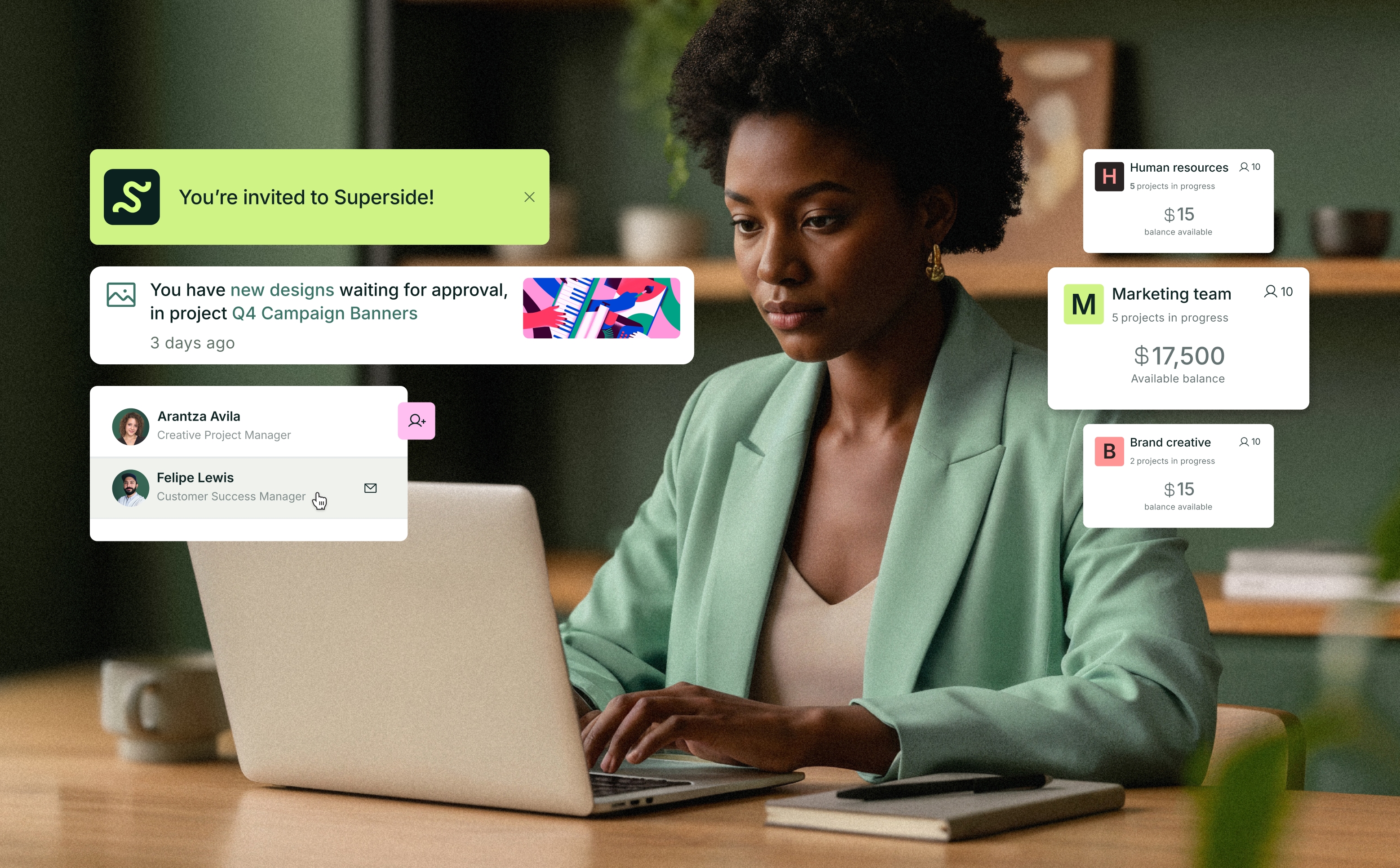
The following is an excerpt from our new eBook, The Future of DesignOps. Download it for free right here or read the full DesignOps guide now.
Emails. Meetings. Soul-crushing administrative tasks. According to the 2019 State of Work survey, the average American knowledge worker spends 60 percent of their workday on tasks that aren’t a core part of their job responsibilities. That’s a lot of time spent not doing what they’re being paid to do.
When Brennan Hartich, a DesignOps Leader working at Intuit, a financial software company, started to wonder about his own design team’s productivity, he ran a short survey to better understand their output.
“I asked them a simple question,” he told the audience at the 2018 DesignOps Summit. “How much time do you spend designing every day?”
“The answer was three hours. Which is scary. We hire these people full-time to be designers or content writers and they’re only spending three hours per day [roughly 37 percent of their week] doing actual content work that was going toward our product.”
The rest of their time was being spent in cross-functional meetings, doing project planning, responding to emails, managing budgets and staff and on and on.
That’s a common experience in large companies where designers are often expected to wear many hats—creative genius, talent manager, cross-functional collaborator, culture maven and project manager to name but a few. And it’s a recipe for failure.
As Meredith Black, former head of design operations at Pinterest, asked the audience at the 2019 Leading Design conference, “At the end of the day, would you rather have your designer spending their time working on email communications, project plans, budgets, team development or do you want them designing?”
The answer is obvious, because when your designers aren’t designing, they create a production bottleneck that can be detrimental in myriad ways. Employee morale plummets. Customer satisfaction slumps. Cross-functional teams stop trusting one another. And the business suffers, no matter what field you work in.
For example, on a marketing team trying to keep pace with the seemingly endless number of support requests coming in from across the company, design work is almost always a point of contention: It takes too long to deliver, the end result is never exactly right, and when they have to execute it themselves, it’s time-consuming and never really up to snuff. Similarly, designated creative and design teams, whether at an agency or in-house, often find themselves unable to keep pace with a deluge of teeny-tiny design requests that cause them to lose sight of the big picture. The workflow becomes erratic and unfocused, resulting in sub-par work that leaves clients underwhelmed.
In both cases, design becomes a bad word. It becomes a roadblock for businesses that need to move fast and be responsive to customer needs. But it doesn’t have to be that way.
By implementing design operations teams—a.k.a. DesignOps—design can be scaled across the entire organization, consistency of process can be established and efficiencies can be found that help expedite both design and development.
Six months after Hartich ran his first survey at Intuit, he went back and asked his designers the same question: “How much time do you spend designing every day?”
The answer, after having had a design project manager added to the team, was now four hours per day, up from three. On a team of 14, that meant a net increase of 70 design hours added per week, simply by adding one DPM into the mix.
“It showed us that adding a DesignOps headcount was even more important than adding another designer,” says Hartich, “because you actually increase the number of hours in which you’re actually designing.”
For Intuit, the numbers added up to one thing: A way forward.
Read More
Explore DesignOps in detail with our new eBook, The Future of DesignOps. From figuring out when you’re ready to start a team of your own to when it might be better to tap into external project management teams, like Superside, this eBook is your guide to streamlining creative workflows.
Download your free DesignOps eBook today.












